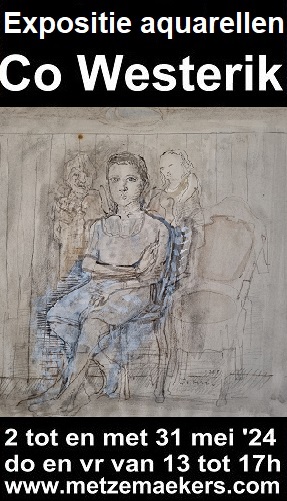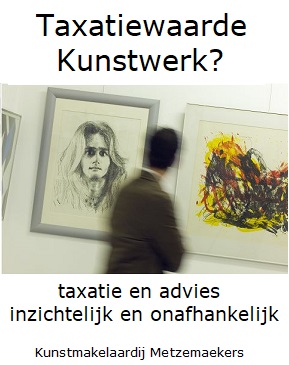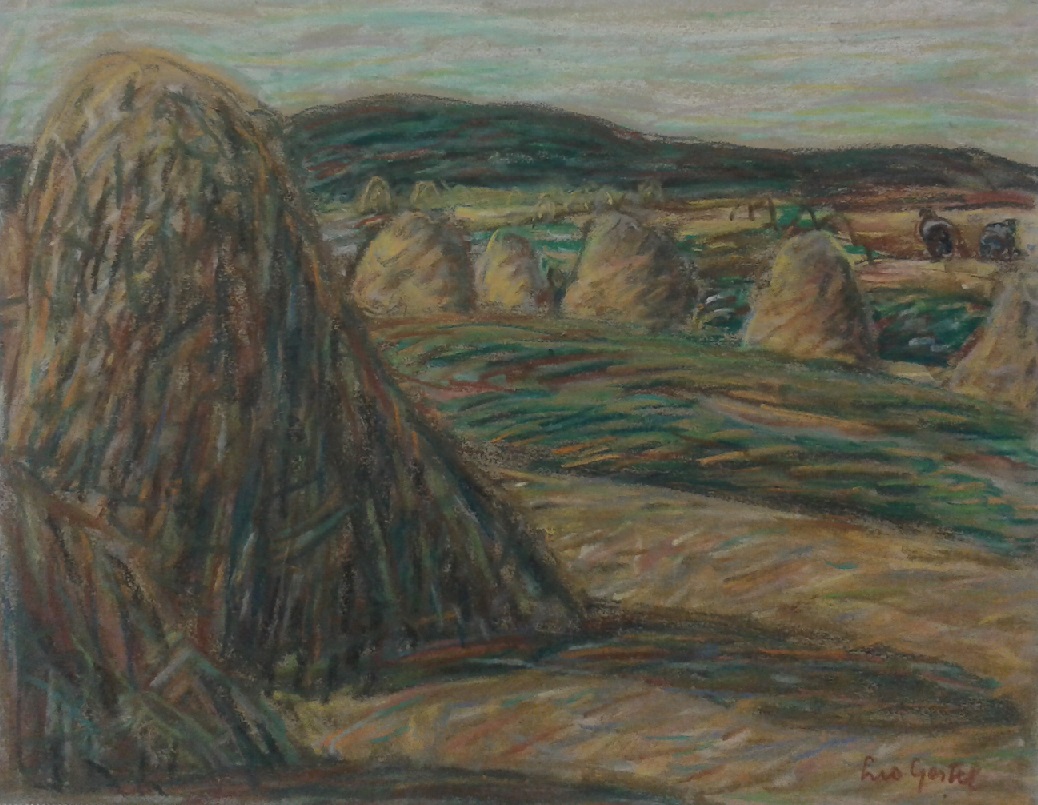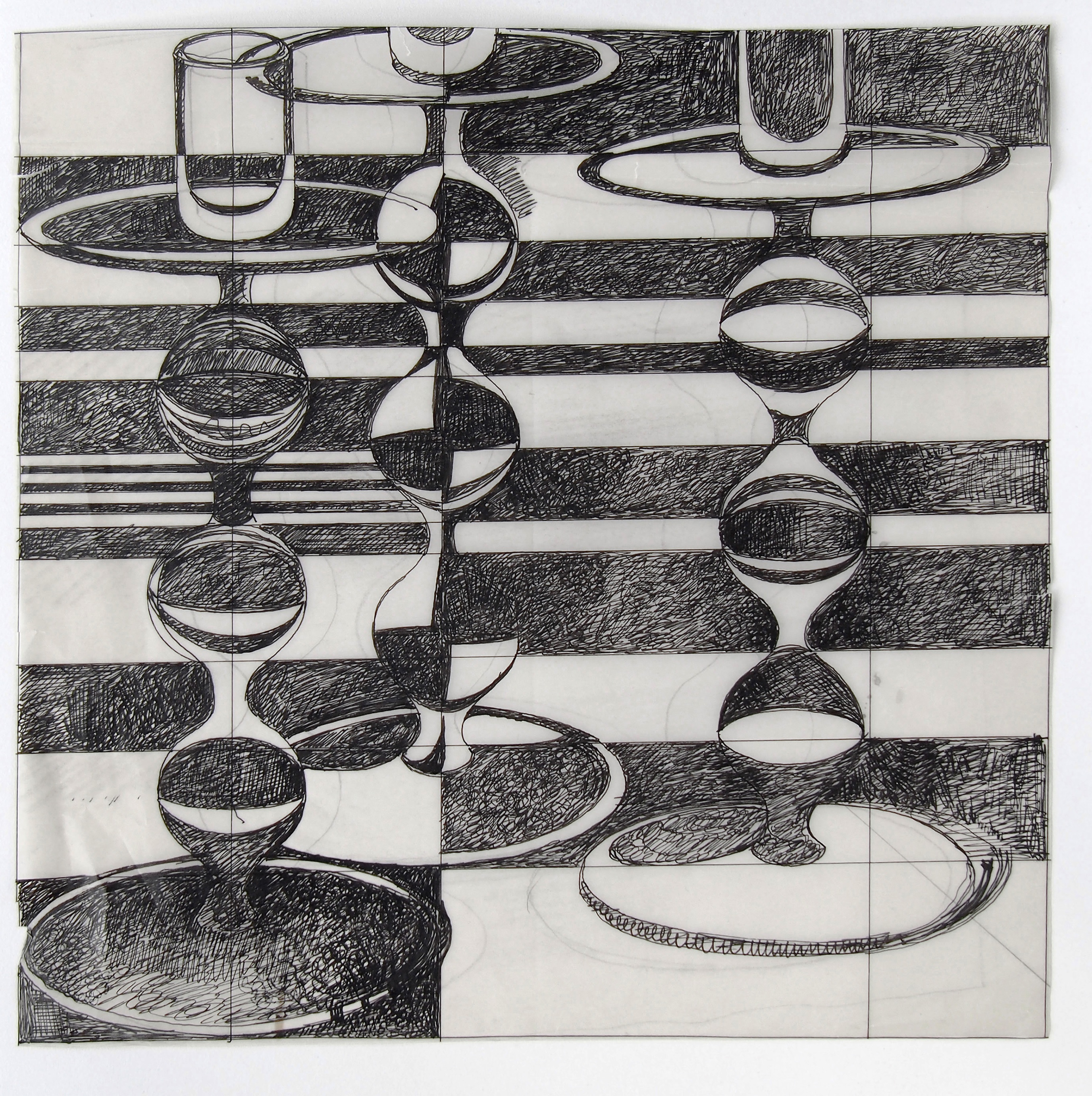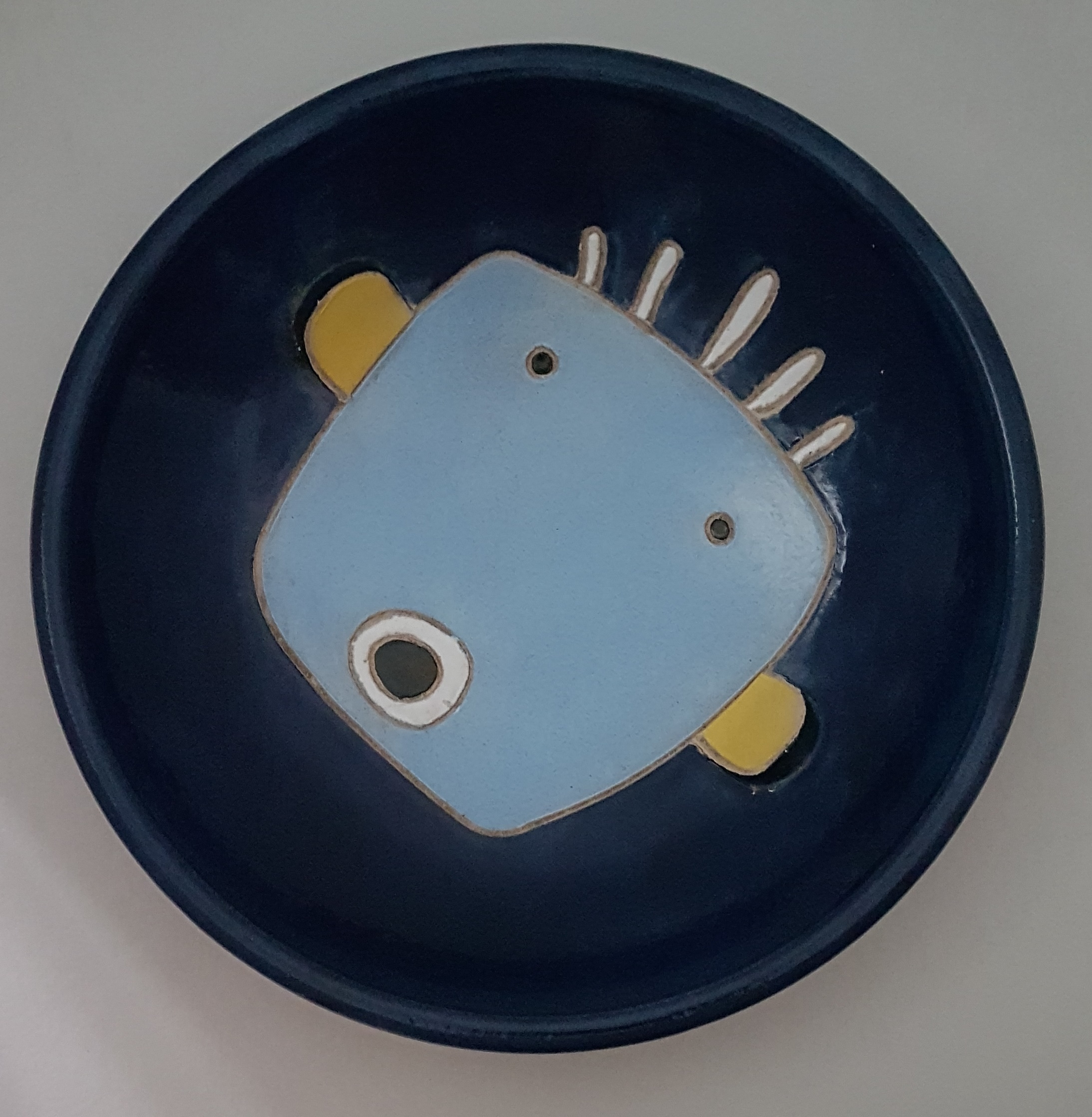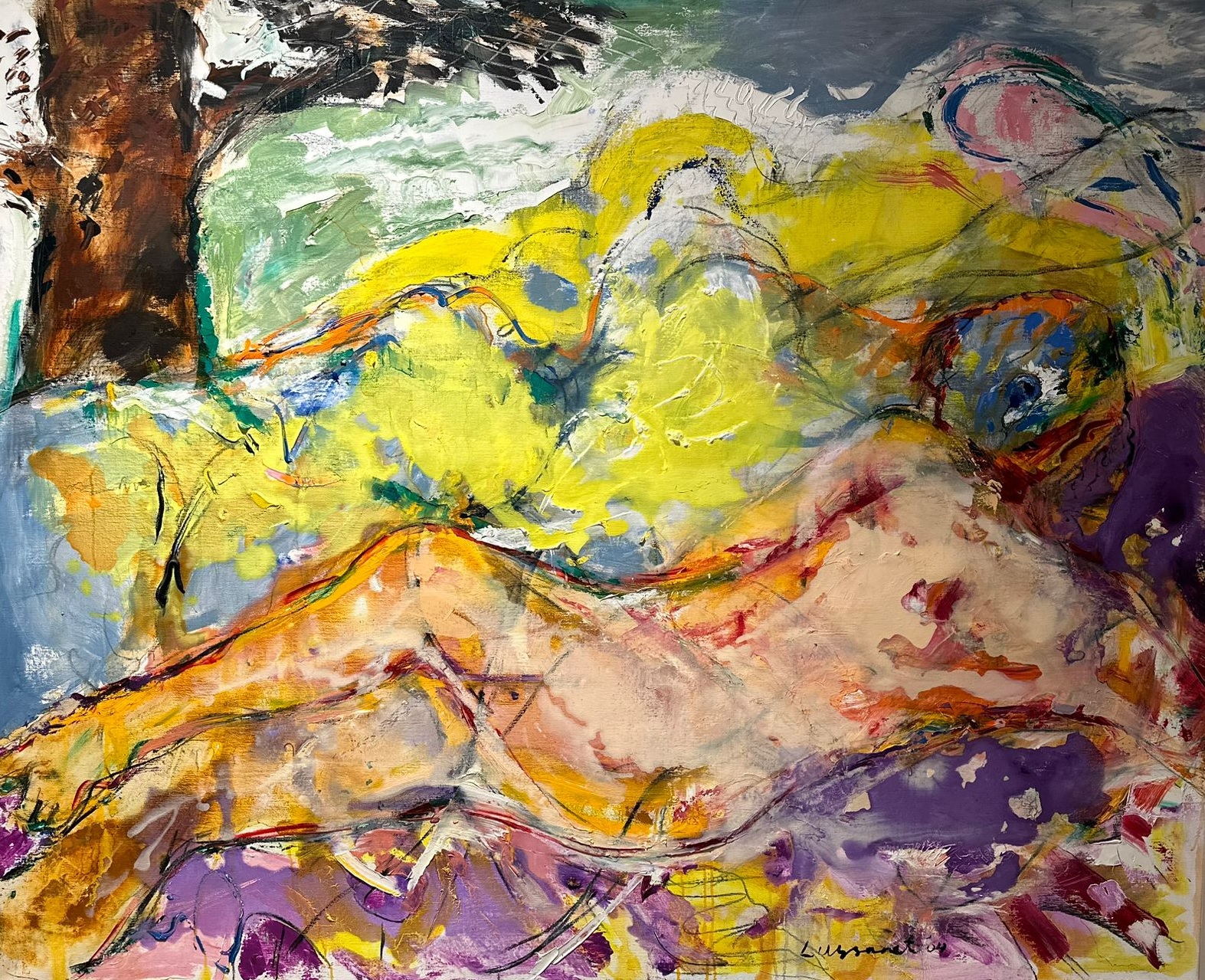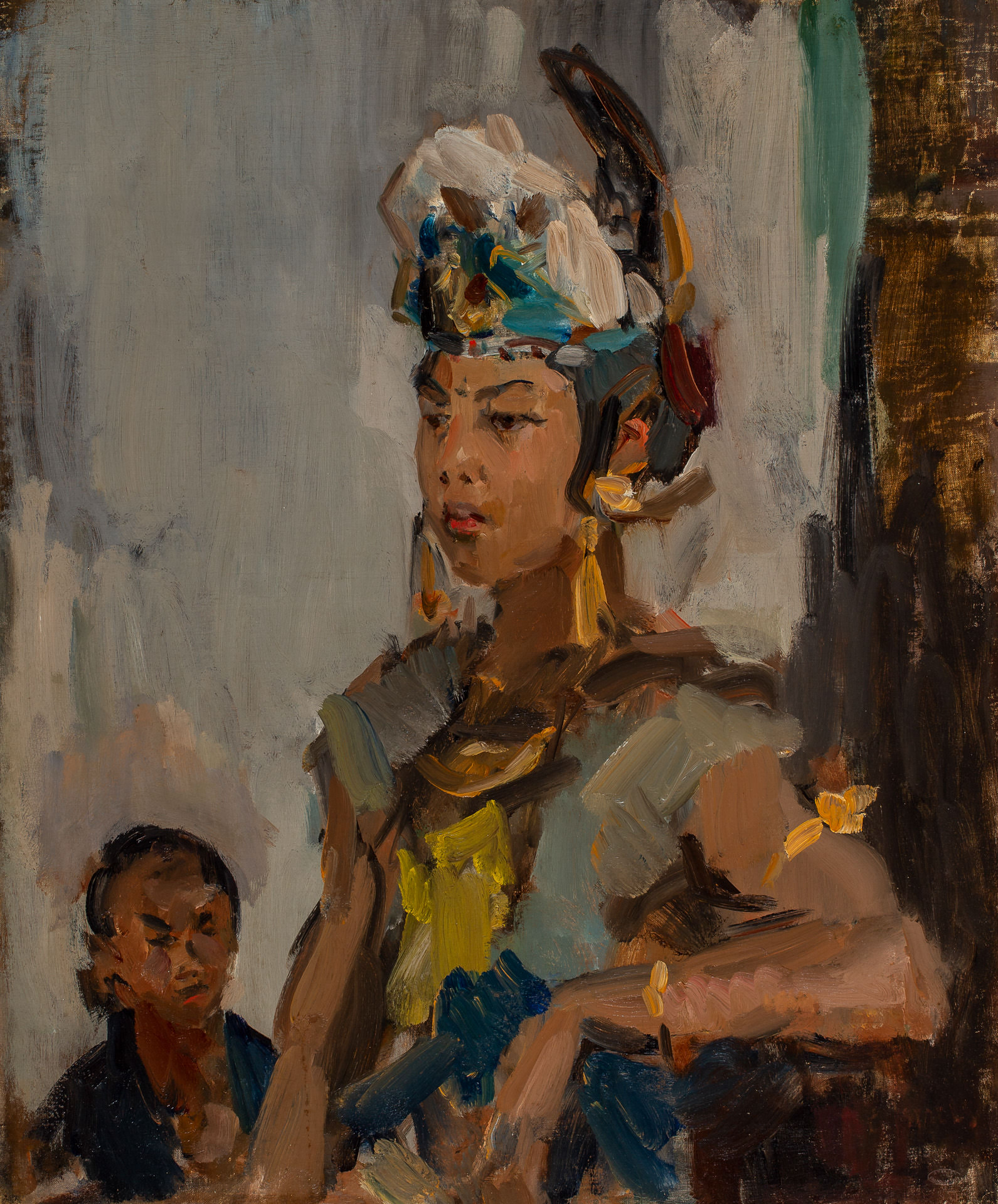
Beschrijving
Signed lower right. With artist's studio stamp lower right.
Provenance:
- Collection Hidde Nijland (1853-1931), The Hague
- Collection Mrs. R. Nieweg, the Netherlands
- Kunsthandel Ivo Bouwman, The Hague
- Private collection, the Netherlands
Literature:
- D. Welling, Isaac Israels: The sunny world of a Hague cosmopolitan, Van Voorst van Beest Gallery, The Hague, 1991, page 21 (ill.)
- M. de Haan, Museum Mesdag, De Indische Zomer, The Hague, 2005, exhibition leaflet, no. 8, Javaanse prinses, 1922
Exhibited:
- Zonnehof, Amersfoort, Kunst in partikulier bezit, 27 January - 25 February 1962
- Museum Mesdag, The Hague, Isaac Israels en Raden Mas Jodjana: een Indische vriendschap, 10 June - 25 September 2005
Note:
There is much evidence of a fruitful relationship between Indonesians and itinerant European artists and photographers, when it came to the making of likeness and state portraiture. In the portraits by Raden Saleh (1811-1880) and his pupil Raden Koesoema di Brata we see an abundant use of attributional symbols as would be expected in European representations of state dignitaries and royalty that are used to denote rank and even divine endorsement. The majestic portrait presented here, shows the interest of the Indonesian royalty for the European style of portraiture. Perhaps Raden Mas Jodjana (1893-1972) knew this when he wrote an introductory letter to the royal courts of Java for Israels, with whom he had worked collaboratively in the Netherlands, prior to Israel’s visit to Indonesia in 1921-1922. As a result, Israels painted i.a. Prince Mangkunegara VII, who at first was unhappy with the ‘unorthodox’ way (the well-known impressionist style in Europe) he was depicted by, but was eventually pleased with the result and even had a replica painted.
Israels had great respect for Indonesia and her people, having fallen in love with the country when he first saw Indonesian dance and culture back in the Netherlands. When Israels finally made the trip to Indonesia, he was clearly inspired by the Indonesian people, lush forests and bright colours. His works painted in Indonesia can therefore be characterized by their bright colours, volatile brush stroke and the banishment of the earthy tones, as seen in this painting.
Israels is one of the most sought-after European artists that visited or lived in Indonesia. Walter Spies (1895-1942), Rudolf Bonnet (1895-1978) and Adrien-Jean le Mayeur de Merprès (1880-1958) all have one thing in common with Israels: their love for the archipelago and its inspiring people.
It is very rare that artworks of this art historical importance for Indonesia are in private hands today and even fewer appear on the art market, which makes the painting presented unique. Although the name of the princess depicted here still remains unknown, Israels clearly asked the most beautiful princess of the Keraton to pose for his very own 'Mona Lisa of Java'.
Details
- Databanknummer:
- 81953
- Lotnummer:
- -
- Advertentietype
- Archief
- Instelling:
- AAG Auctioneers
- Veilingdatum:
- -
- Veilingnummer:
- -
- Stad
- -
- Limietprijs
- -
- Aankoopprijs
- -
- Verkoopprijs
- -
- Hamerprijs
- -
- Status
- Verkocht
Technische details
- Kunstvorm:
- Schilder- en Tekenkunst
- Technieken:
- Olieverf
- Dragers:
- Doek
- Lengte:
- 79.3 cm
- Breedte:
- 65.8 cm
- Hoogte:
- -
- Oplage:
- -
Beschrijving
Signed lower right. With artist's studio stamp lower right.
Provenance:
- Collection Hidde Nijland (1853-1931), The Hague
- Collection Mrs. R. Nieweg, the Netherlands
- Kunsthandel Ivo Bouwman, The Hague
- Private collection, the Netherlands
Literature:
- D. Welling, Isaac Israels: The sunny world of a Hague cosmopolitan, Van Voorst van Beest Gallery, The Hague, 1991, page 21 (ill.)
- M. de Haan, Museum Mesdag, De Indische Zomer, The Hague, 2005, exhibition leaflet, no. 8, Javaanse prinses, 1922
Exhibited:
- Zonnehof, Amersfoort, Kunst in partikulier bezit, 27 January - 25 February 1962
- Museum Mesdag, The Hague, Isaac Israels en Raden Mas Jodjana: een Indische vriendschap, 10 June - 25 September 2005
Note:
There is much evidence of a fruitful relationship between Indonesians and itinerant European artists and photographers, when it came to the making of likeness and state portraiture. In the portraits by Raden Saleh (1811-1880) and his pupil Raden Koesoema di Brata we see an abundant use of attributional symbols as would be expected in European representations of state dignitaries and royalty that are used to denote rank and even divine endorsement. The majestic portrait presented here, shows the interest of the Indonesian royalty for the European style of portraiture. Perhaps Raden Mas Jodjana (1893-1972) knew this when he wrote an introductory letter to the royal courts of Java for Israels, with whom he had worked collaboratively in the Netherlands, prior to Israel’s visit to Indonesia in 1921-1922. As a result, Israels painted i.a. Prince Mangkunegara VII, who at first was unhappy with the ‘unorthodox’ way (the well-known impressionist style in Europe) he was depicted by, but was eventually pleased with the result and even had a replica painted.
Israels had great respect for Indonesia and her people, having fallen in love with the country when he first saw Indonesian dance and culture back in the Netherlands. When Israels finally made the trip to Indonesia, he was clearly inspired by the Indonesian people, lush forests and bright colours. His works painted in Indonesia can therefore be characterized by their bright colours, volatile brush stroke and the banishment of the earthy tones, as seen in this painting.
Israels is one of the most sought-after European artists that visited or lived in Indonesia. Walter Spies (1895-1942), Rudolf Bonnet (1895-1978) and Adrien-Jean le Mayeur de Merprès (1880-1958) all have one thing in common with Israels: their love for the archipelago and its inspiring people.
It is very rare that artworks of this art historical importance for Indonesia are in private hands today and even fewer appear on the art market, which makes the painting presented unique. Although the name of the princess depicted here still remains unknown, Israels clearly asked the most beautiful princess of the Keraton to pose for his very own 'Mona Lisa of Java'.
Aangeboden kunst
Een selectie uit ons kunstaanbod
Iedere donderdag en vrijdag geopend van 13.00 tot 17.00 uur
Andere dagen na afspraak
